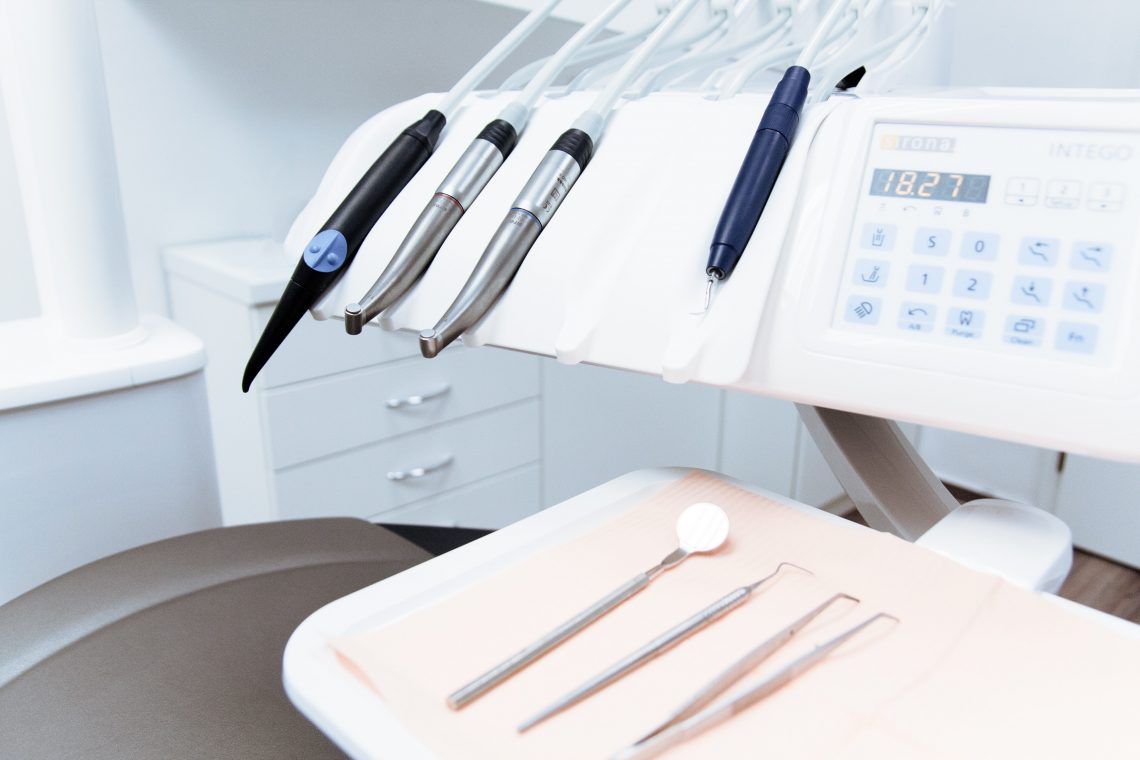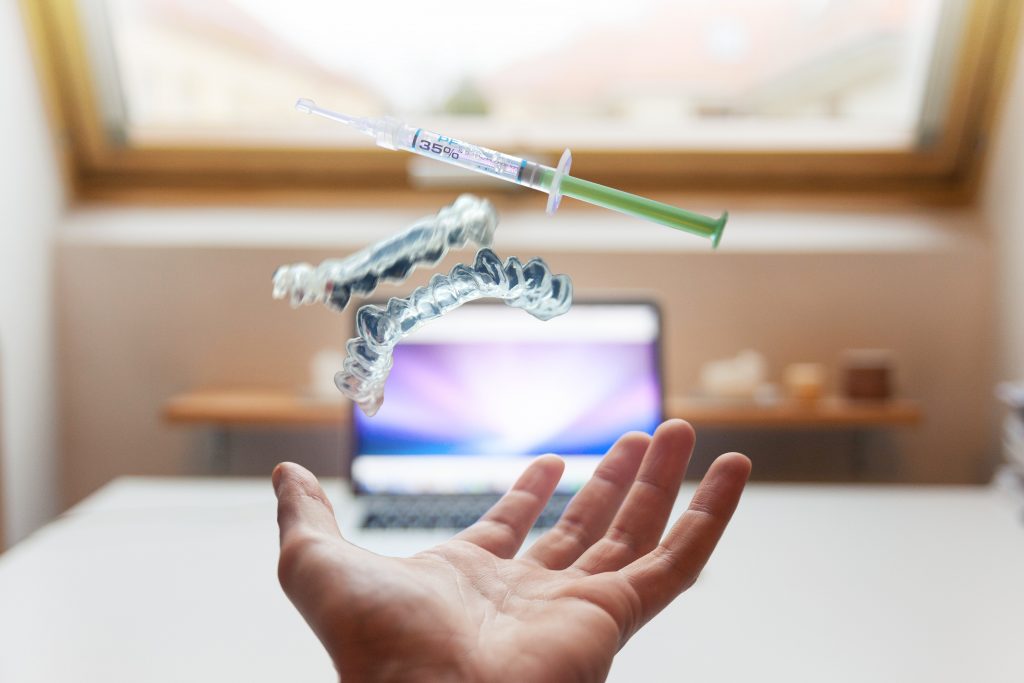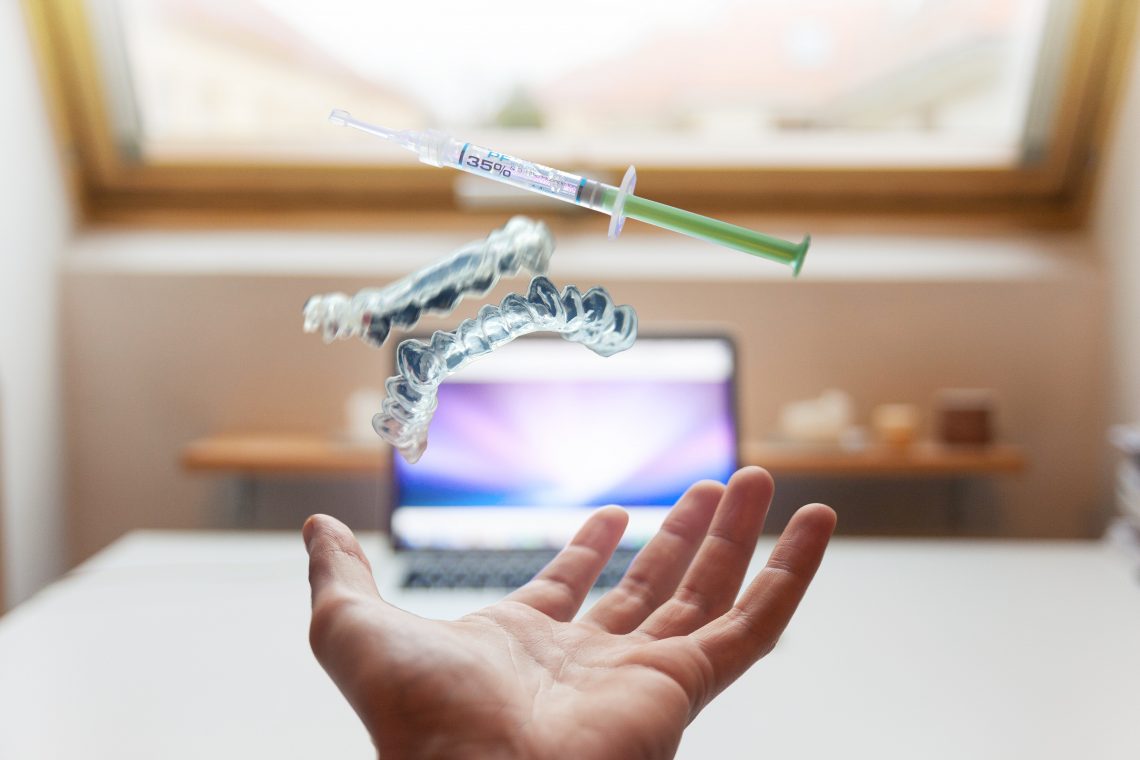Dental Care
-
What Are The Activities Of An Orthodontist?
The main activities of an orthodontist are to make a diagnosis and develop and implement a treatment plan. Long before, as part of the diagnostic process, examinations and an orthodontic assessment may be necessary to identify the most suitable treatment.
During a consultation, the orthodontist subjects you to questions relating to your medical history (disease, heredity, evolution). He can then give you a medical and dental questionnaire to get to know you better, to make a global diagnosis, and to better adapt the treatment. After the anamnesis, he performs a clinical examination (morphological and functional) of the dentition, dental arches, muscle masses (tongue, lips, etc.) to look for imbalances before proceeding to additional examinations.
The diagnosis can be made from the physical examination. But an orthodontic assessment may require additional examinations. These additional examinations include, among others:
A panoramic X-ray which allows us to carry out a dental assessment, to study all the teeth, jaws, bone structures (temporomandibular joint), and to detect the absence of one or more teeth;
The teleradiography of the cranium (face and profile) allows us to have a view of the whole of the dentition and the jaws to carry out an analysis of the skeletal balance, to detect any dental anomalies;
Cephalometry allows us, through the application of measurements on X-ray documents of the skull, to evaluate the teeth, the reciprocal relationships between the skeletal anomalies of the face, and the positioning defects of the teeth, to make the diagnosis of a disharmony. dento-maxilla;
Taking impressions for the production of study casts: it is a plaster representation of the patient’s dental impression. It allows us to study the relationships between teeth, detect all dental and skeletal abnormalities and develop the appropriate strategy to achieve dental alignment.
The information gathered through these various examinations makes it possible to establish a balance sheet and to consider treatment options.
The orthodontist’s activity also consists of solving the problem (s) detected through the development and implementation of a treatment plan. To better apply the treatment strategy, the orthodontist will use the most effective techniques. To do this, he will opt for an apparatus to exert a force on one or more to move them and reposition them until the desired result is obtained: perfect alignment and balance. harmonious dental.
Thus, to promote the harmonious growth of the jaws and influence the position of the teeth, the use of devices makes it possible to exert a slight pressure on the teeth and the jawbones. There are different types of devices, including:
fixed or removable restraints;
multi-attachment braces;
dental expansion appliances;
functional dental appliances;
space maintainers;
extraoral strength;
As part of orthodontic treatment, corrective appliances are designed to correct misaligned or too advanced teeth by moving them to different positions. The orthodontist establishes a descriptive estimate for the development of these devices, in the laboratory, by dental technicians. After conception, he puts them in place and periodically adjusts them, while monitoring their effectiveness.
We can consult an orthodontist for a problem relating to the tooth, the orofacial functions, the bone structures of the face. Thus, a dentist or a general practitioner can refer us to an orthodontic specialist, if he considers that orthodontic treatment is better indicated for use for a better alignment of the teeth, a correction of the position of the jaws. or to improve the aesthetics of the face and/or the smile. The reasons for which we can seek an orthodontist can be, among others:
problems with one or more teeth overlapping;
problems with overcrowding of the teeth or a lack of space for all the teeth (dental crowding);
problems related to the existence of space between the teeth (tooth spacing or spaced dentition);
poor positioning of the maxillary and mandibular teeth;
aesthetic and functional optimization of dental arches;
deformities of the jaw and palate, resulting from thumb sucking in children;
an evolution of the incisors in the wrong axis;
problems with upper incisors that hide the lower incisors;
open bite, lack of contact between the teeth of opposing dental arches, or the prevalence of an opening between the lower and upper teeth;
problems with inserting the upper teeth inside the lower ones;
mutilated dentition with the absence of certain teeth;
a growth problem in the jaws or growth delays in the jawbones;
reverse meshing of the upper and lower teeth;
Lower teeth advancement or too advanced chin / Excessive advancement of upper teeth and receding ch
Orthodontics will offer you a harmonious smile and regain self-confidence, but above all, it will solve all functional problems!
This means that your upper teeth will ideally match your lower teeth. This ideal will facilitate both chewing and speaking and will help you maintain good oral hygiene.
-
What Does Orthodontics Mean?
The word orthodontist, which could make one think of a specialist in a medical field, does not exist. No specialist doctor is referred to by this term, let alone a specialist dentist. On the other hand, a dentist specializing in orthodontics is called an orthodontist.

Orthodontics is a medical (dental) specialty that studies the shape, position, and function of the dental arches and jaws and treats disorders related to abnormalities in the shape of the jaws and the position of the teeth for functional and aesthetic purposes. . The orthodontist is, therefore, a dentist who specializes in this branch of dental surgery.
A dental surgeon, commonly referred to as a dentist, is a dental specialist. He is authorized to practice odontology (the study of the tooth, dental pathologies, and their treatments) or maybe a specialist in orthodontics. We do this by hearing patients use the term “orthodontist” to qualify a specialist in dental surgery. However, this term does not correspond to any specialist in the medical field. Some patients prefer to use “orthodontist”, a word in which appears the term dentist (formed of the name “tooth” and the suffix “site”), associated with a prefix drawn from the Greek “ortho”. But, the correct term is orthodontist and orthodontist.
An orthodontist is a specialist in orthodontics. Etymologically, the term orthodontics comes from the Greek “ortho” which means “right” and “odontos” which means “tooth”. Thus, the term orthodontic from which some patients want to form the word “orthodontist” does not exist. No specialist in “orthodontics” could call himself an orthodontist. Thus, there is often confusion between the two words. But we should rather use the term orthodontist and not “orthodontist”.
An orthodontist is a dentist or dental surgeon specializing in orthodontics. He is a dentist specializing in correcting the position of teeth and jaws to improve their appearance and function. It treats orthodontic problems, in particular, dental malocclusion, which refers to an abnormal alignment of the upper teeth about the lower teeth. He deals with the prevention and correction of malocclusions.
It is very simple, for two reasons: on the one hand, the obligatory use of the mask makes it possible to hide the traditional orthodontic systems, and, on the other hand, there are currently systems of dental alignment imperceptible to the others.
Indeed, if what you want is that nobody knows that you are undergoing a dental correction treatment, you can opt for the Invisalign transparent aligner system, while if you want to be able to correct your teeth with traditional braces and effective metallic, but you do not want to wear a calm, metallic smile, as few will see your mouth because, eventually, you will have to wear a mask during the entire treatment.
of course, what is most desirable in orthodontics are the results: a beautiful smile. However, that beautiful smile is not the only thing we improve with orthodontics. Let’s see:
Perfect dental occlusion, leading to long-term functional improvements.
Better preservation of teeth by avoiding wear resulting from malocclusion.
Improvements in dental hygiene, as properly aligned teeth facilitate daily hygiene and thus improve oral health.
Orthodontics is a branch of specialist dentistry. The term “orthodontics” can be broken down into two Greek words – meaning right “orthos” or meaning teeth rectify and “donations”. Orthodontics, therefore, describes the practice of straightening bad teeth or malocclusions. Dentists who specialize in orthodontics can help manage abnormal positioning of the teeth, jawbones, and face
Orthodontics has additional benefits above to improve the cosmetic appearance. The benefits of opting to straighten teeth include:
Self-esteem improvement
Improved tooth function including better chewing and clearer pronunciation and speech
Reduced risk of injury and gum trauma due to incisal overlaps and malocclusions
The orthodontist is a highly qualified expert who can easily and effectively treat and correct oral and facial malformations. This expertise is not limited to the art of tightening, spreading, advancing, retreating, or correcting malpositioned teeth to obtain a correct alignment thereof. It makes it possible to treat not only malocclusions but also mandibular deviations.


